Let’s discuss LED lighting and its working principle.
All of us know that LED is known as Light Emitting Diode and produces more efficient light than any incandescent light bulb. But have you ever thought about how they work? Let me discuss its working principle.
In LEDs, an electrical current flows by means of a microchip that illuminates the tiny source of light, and the outcome of all this is visible light. The heat sink absorbs the produced heat through LEDs and accelerates the performance.
Operational Life Hours of LED Lighting
LED lighting is very different from incandescent or CFL and stands out from any other source of lighting, and it does not burn out or fail because of heating. LEDs do not face lumen depreciation, but their brightness dims gradually. The operational life hours of LEDs are based on a prediction of “the moment when the light output of LEDs falls by 30 percent”.
How LEDs Are Used in Lighting
LEDs get incorporated into the lighting products such as bulbs and fixtures and these tiny LEDs allow the opportunity to create very decent and unique designs. Physically some of the LED products are a resemblance of familiar light bulbs and also somehow match with the physical appearance of traditional lamps. Some of the lighting fixtures have an integrated LED being a permanent light source. The hybrid approaches are used for non-traditional bulb or replaceable light source that is specially used and designed for a unique fixture. LEDs are a boon for us that provide incredible opportunities known for providing innovation in lighting that forms factors to fit with wider applications than lighting technologies.
LEDs and Heat
Heat sinks are used for absorbing heat in LEDs that dissipates it into the surrounding environment, which helps in keeping overheating and bumping out away from LEDs. The faster the light degrades and the shorter the practical life of LEDs, the greater the temperature at which they are operated.
To handle the heat, LED lighting products use a range of different heat sink designs and layouts. Today, advances in materials have allowed manufacturers to develop LED bulbs that resemble typical incandescent bulbs in shape and size. LED products with ENERGY STAR ensure that it properly manages the heat so that the lumen output could get maintained properly through the end of its life rating.
How are LED lights different from any other light sources?
In numerous ways, LED lighting fixtures are different from incandescent, and fluorescent lamps such as LEDs are more efficient, versatile, and durable. This directional lighting emits light in any specific direction and does not get heated from all directions like CFL.
LEDs can thus use light and energy more efficiently in a wide range of applications. However, producing an LED light bulb that emits light in all directions takes specialized engineering.
Amber, red, green, and blue are common colors found in LED lighting. The combination of different colors of LEDs gets covered with a phosphor material that converts the light into white light to be used in the home.
The electric current flows between electrodes at both ends of a tube that contains gases in CFLs. UV light and heat gets produced through this reaction. When produced UV light strikes a phosphor coating inside the bulb, the UV is transformed into visible light.
Incandescent bulbs generate lights using electricity that heats a metal filament until it becomes “white” hot or is said to be incandescent. The outcome is it releases 90% of its energy as heat.
Why choose ENERGY STAR-certified LED lighting?
There are numerous lighting options available in the market nowadays than ever before. So you will get confused while choosing the best. So, let’s make it simple by choosing ENERGY STAR certified LED lighting fixtures if you want to save on your monthly utility bills.






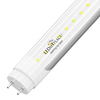
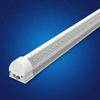
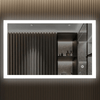


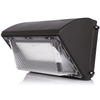


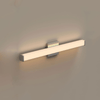





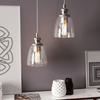


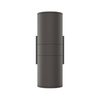










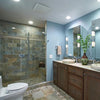
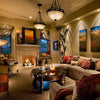
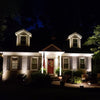
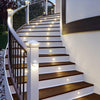

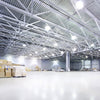
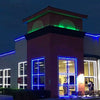


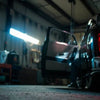
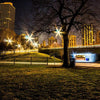

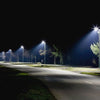




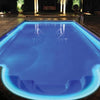
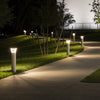
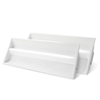




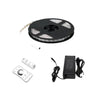


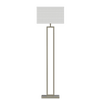

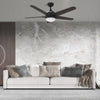






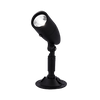
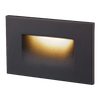




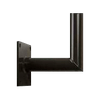
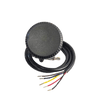





2 comments
Thanks a lot for sharing an awesome blog. Really helpful
A blog is full of knowledge regarding LED and its working is helpful for gaining some extra knowledge.